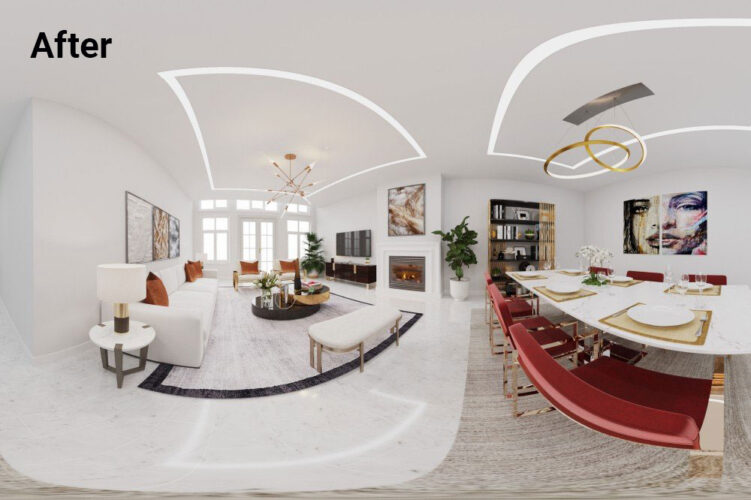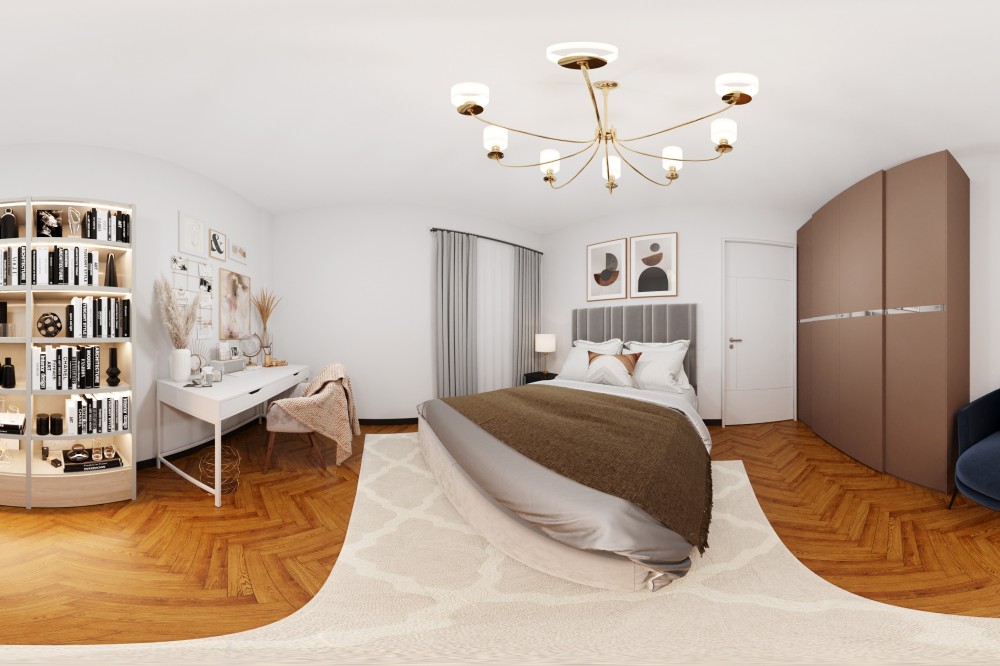Real Estate Photography Contract Guide
Being a professional real estate photographer is not all about photo shoots; you also have to prepare enough legal protection for your business and your clients. We’re going to look into tips on writing a real estate photography contract to protect your work better and help you gain a higher reputation as a professional.
What Can a Real Estate Photography Contract Protect?
A real estate photography contract is a necessary business document that binds you and the client into a legal agreement, protecting both parties in case one or both fails to meet the expectations agreed. Hence, it should offer a mutually beneficial business relationship.

When to Use a Real Estate Photography Contract
You should always create and sign a real estate photography contract whenever a real estate agent or property owner wants to use your services. These are among the most common instances when you should use real estate photography contracts.
Commercial and Editorial Purposes
Commercial real estate photography is commonly used for property listing, websites, advertising, etc. This is among the most in-demand kinds of real estate photography, so it also corresponds to a higher service fee and quality of images.
Since you may work with big corporations and commercial establishments, you also have to protect yourself against such giant clients.
Meanwhile, print materials like magazines, newspapers, and brochures may need interior property photos. For this reason, copyright terms must detail the allowed usage of your images.
If you have a unique shooting style, some companies or real estate agents might want you to become their exclusive photographer. In such cases, you can draft an exclusivity agreement.
Your employer would give a corresponding retainer payment to ensure you photograph for them at a given time and space. When you sign an exclusive agreement, you must not work for other people that might interfere with the retained client’s future sessions.
Potential Problems
Even after a meeting and getting a quotation, some agents might still forget the agreed terms and conditions. If clients look for other products or services beyond initial oral agreements, you can dispute this with a contract as your backup.
Types of Real Estate Photography Contracts
Once you have these contract types, you can easily identify which is best for you, look up contract templates and modify them according to each client’s needs.
Editorial: This kind of photography contract focuses on the marketing and promotional usage of your images.
Drone: You can indicate the drone information in the project inclusions if it’s just an add-on service. If the project solely focuses on aerial footage, a drone photography contract further specifies all the details like a permit to fly drones and a professional drone pilot license.
Architectural: Architectural photography uses aesthetics, as opposed to the simplicity of photography. Thus, this kind of contract must identify the limitations on your creative freedom.
Things to Include in a Real Estate Photography Contract
Generally, a contract must include the duties, roles, responsibilities, and rights of the photographers, real estate agents, companies, or home sellers. It includes all the details you would expect to fulfill in the shoot and what would happen should someone fail to do so.
Let’s look into the specifications of a photography contract that can help provide clarity in every photo session.

Information of Both Parties
Getting the basic information of the agent or seller should be one of the first things you need to acquire, yet some tend to overlook it.
Scope of the Project
The scope is among the essential parts of photography contracts because it describes the services your client will get. It should include the following information.
- Location or exact address of the property
- Objectives of the shoot, so it will be clear on your end what you need to achieve
- Scheduled date and duration of the project to allow parties involved to prepare and have ample time to accomplish the tasks
- Personal preferences of the client, such as angles, lighting, effects, etc
- Number of images
- Number of photographers
- Basic or extensive photo editing
- Cancellation policies
- Additional services and extra fees, which may include visual staging, aerial footage, or videography
Payment Terms
Payment is another important part of photography contracts as it ensures you get paid accordingly and on time. It identifies how much the client will pay, as well as a detailed breakdown of the package inclusions and extra fees.
- Does the client need to send the partial down payment at least 14 business days before the work to secure the booking?
- Aside from cash, do you accept credit or debit cards?
- Do you accept international payment channels like Paypal, Payoneer, or Transferwise?
- When should the client send the full payment?
- Should the client pay the rest of the balance before getting the edited photos?
- Travel expenses for locations outside of your service area. These travel expenses can be a flat fee or per-mile fee.
- Cost for extra post-processing, like HDR or advanced object removal.
- Cancellation, refund, or rescheduling payment process.
About 82% of businesses fail due to cash flow problems, which partly stem from a disorganized invoicing system. With a signed agreement, you can ensure you gain enough financial worth for every service you provide.
Styling and Property Preparation Requirements
Styling can be time-consuming, so be sure that the contract clearly states who is responsible for this task. Basically, the homeowner or agent must always prepare the property for the shoot, although as a photographer, you can help enhance the space by styling based on your needs.
- Make sure that the client cleans the property before the scheduled session, so you don’t waste time removing dust and clutter before you take photos.
- Do you need minimal decorations for the interior, such as vases, picture frames, or fruit bowls?
- For exterior shoots, advise the client to trim the lawn or clean the swimming pool.
You should be able to begin the shooting process after doing a walkthrough on the property. It’s not ideal for spending a day’s worth of work cleaning and styling. Otherwise, consider rescheduling the photoshoot.
If you arrive at the location and can’t take photos due to things beyond your control, like renovations, a contract legally requires a client to give the full payment, even if you have to reschedule.



